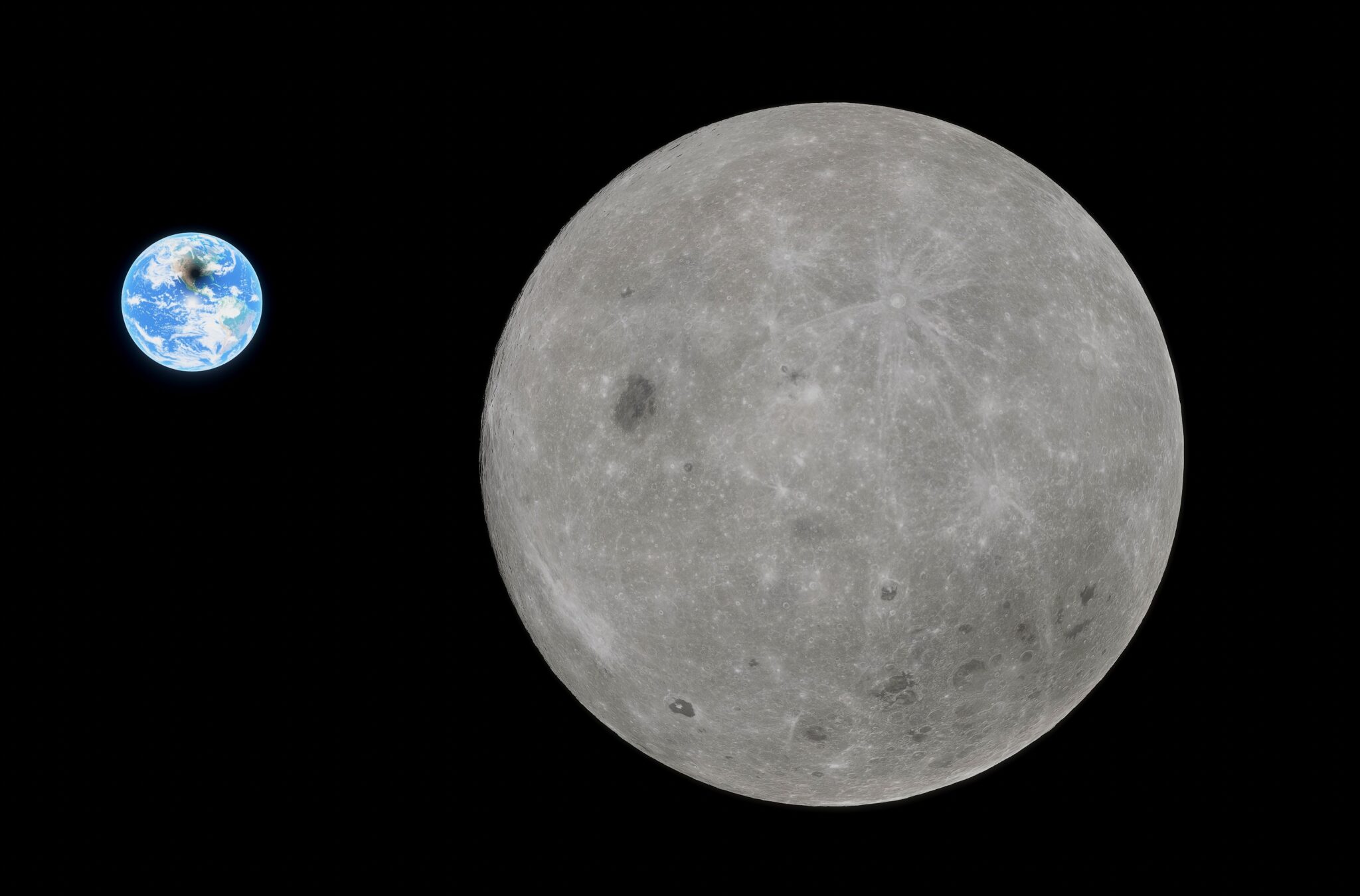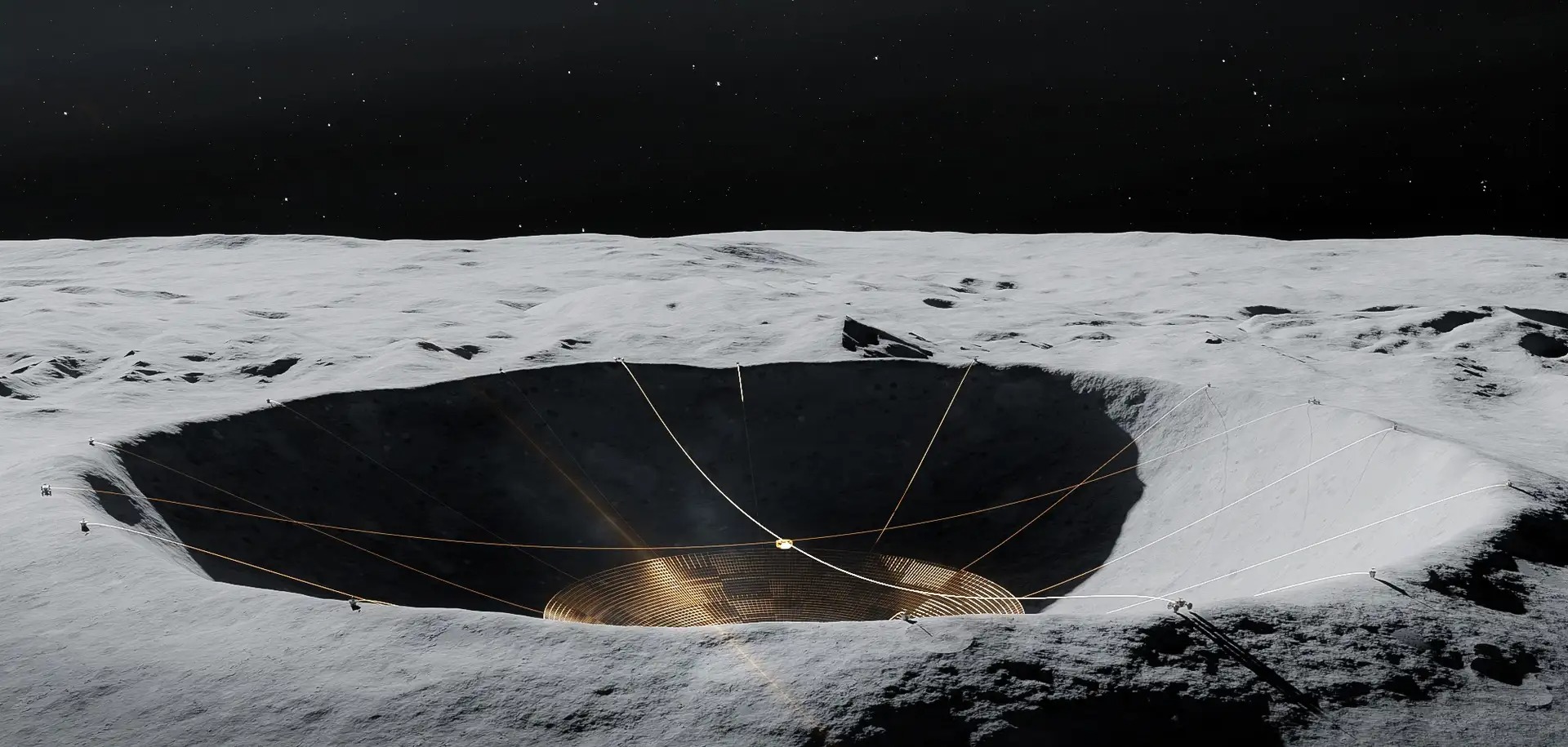In the modern era of space flight, the Moon is perhaps the most attractive place for research. International space agencies and private companies carefully plan flights to the Earth’s moon and landing on its surface. This opens up opportunities for further space exploration. But such activity can threaten the unique radio silence on the far side of the Moon, which is ideal for radio telescopes that help observe the cosmic past.

NASA has already shown interest in building a radio telescope on the far side of the Moon for observations in ultra-long wave ranges, which are important for space exploration and the search for signs of life in the universe.
At the end of March, the International Academy of Astronautics (IAA) organized a symposium in Italy dedicated to the protection of radio silence on the Moon. The purpose of the event is to explain the threat of radio contamination of the far side of the Moon and to develop strategies to protect it from artificial radio emission.

Despite the noble motives, the calm and untouched days of the “invisible” hemisphere of the moon may soon come to an end. With the advent of new missions to the moon, the threat to its radio silence is increasing. Similar missions, such as NASA’s Artemis program, increase the need for communication with objects on the Moon and, in the future, with astronauts, which will be critical in the new era of space exploration. In turn, China has deployed the Queqiao-2 satellite to provide communications between Earth and future missions on the far side of the Moon.
The increase in the frequency of missions to the Moon may threaten the unique deep space radio network. Astronomers hope that involving the international community in discussing and developing rules to protect this unique object can help preserve it for future generations.
According to gizmodo.com
Follow us on Twitter to get the most interesting space news in time
https://twitter.com/ust_magazine


